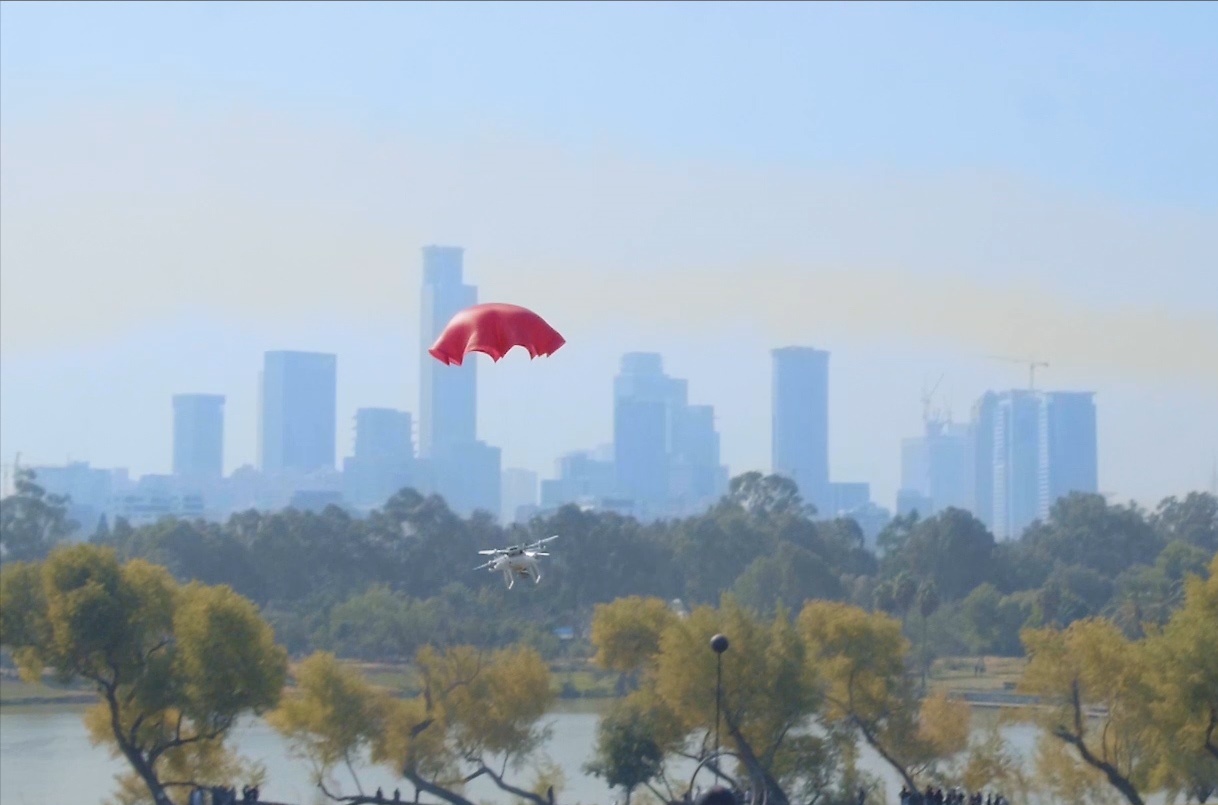
ParaZero has announced the addition of a unique safety functionality for its drone safety parachutes to support geocaging capabilities.
The Israel-based company, which builds safety systems for commercial aircraft and urban air mobility vehicles, says its new feature could prove instrumental for operating uncrewed aircraft in populated and restricted areas. It could also become a key component in long-range and beyond the visual line of sight (BVLOS) operations.
But what exactly is drone geocaging?
Geocaging is a feature that offers additional positioning resources for tasks demanding a higher level of reliability and accessibility than what is achievable with standard GPS or geofencing methods.
When drones functioning in restricted zones deviate from their planned flight paths, they can pose a risk to people, property, or even other aircraft. Geo-restriction through geocaging can help to address this issue by making sure the drone doesn’t deviate into a risk zone.
Essentially, geocaging goes one step beyond geofencing because it gives the pilot the ability to confine the drone to an even smaller operating area than what is mandated by aviation authorities.
Aaron Gabriel Gliner, director of business development and regulation of ParaZero, says, “The operating of drones and UAVs depends first and foremost on the safety of the surrounding areas and is only allowed by most territories and regulators when equipped with high safety solutions. One of the challenges for drone operators is out-of-area flights and BVLOS that travel to restricted areas. Our new geocaging functionality helps to locate the limits of unauthorized areas and safely guides the drone to avoid collisions with other vehicles and crashes in crowded territories.”
Read more: DJI delivery drone gets FCC approval for US launch
FTC: We use income earning auto affiliate links. More.





Comments